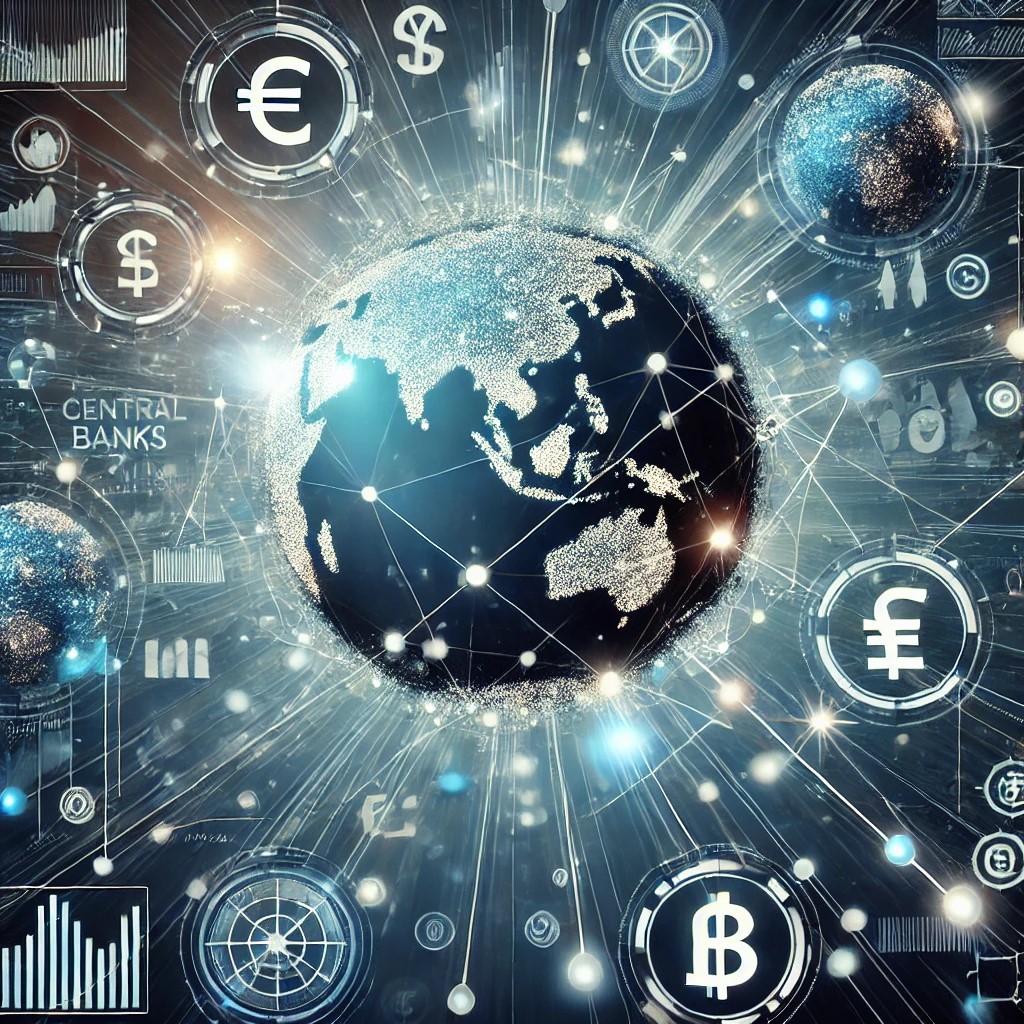The Role of Credit in the Economy
Credit plays a crucial role in the modern economy, acting as a linchpin for personal finances, business operations, and national economic growth. It facilitates consumption, investment, and the smooth functioning of the financial system. This article explores how credit impacts various aspects of the economy, discusses current trends in credit markets, and anticipates how future developments could shape credit's role.

Fundamental Impact of Credit on the Economy
Consumer Spending: Credit allows consumers to purchase goods and services beyond their immediate means, effectively smoothing consumption over time. This is vital for economic stability, as it helps maintain consistent demand for goods and services, supporting businesses and employment.
Business Expansion and Innovation: Credit provides businesses with the necessary capital to invest, expand operations, and innovate. Without access to credit, many businesses would struggle to grow or even maintain operations, limiting economic development and job creation.
Economic Indicators and Health: Credit growth is often seen as an indicator of economic health. High levels of credit growth can signify confidence and investment, while stagnation or contraction may indicate economic troubles.

Current Trends in the Credit Market
Increasing Digitalization: The credit industry is experiencing a transformation driven by digitalization. Fintech companies are redefining how credit is assessed, granted, and managed, using algorithms and big data to streamline processes and tailor credit products to individual needs.
Shift Towards Sustainability: There is a growing trend in integrating sustainability into credit decisions. Financial institutions are increasingly considering environmental, social, and governance (ESG) factors when issuing credit, influenced by consumer demand for responsibility and transparency.
Rising Consumer Debt Levels: In many economies, consumer debt levels are reaching unprecedented highs, raising concerns about financial stability and the potential for economic downturns driven by debt crises.

Future Predictions for Credit in the Economy
Expansion of Alternative Credit Models: Future credit markets are likely to see a proliferation of alternative lending models. Peer-to-peer lending platforms and microfinance institutions might gain more prominence, offering credit to underserved segments of the population.
Increased Regulation and Oversight: As the role of credit continues to evolve, regulatory frameworks will likely adapt to address the risks associated with digital lending practices and high levels of consumer and corporate debt.
Integration of AI and Machine Learning: Advances in AI and machine learning will further transform credit markets. These technologies will enable more accurate risk assessments, personalized credit offerings, and real-time credit management, enhancing the efficiency and accessibility of credit.
Conclusion
Credit is a fundamental component of economic activity, driving consumer spending, business growth, and overall economic stability. As we look to the future, the integration of technology and the shift towards sustainable and inclusive lending practices are set to redefine the landscape of credit. Understanding these dynamics is crucial for policymakers, businesses, and consumers alike, as they navigate the complexities of the modern financial system. As the credit market continues to evolve, its management and regulation will play a critical role in shaping economic outcomes on a global scale.
(Writer:Dick)





